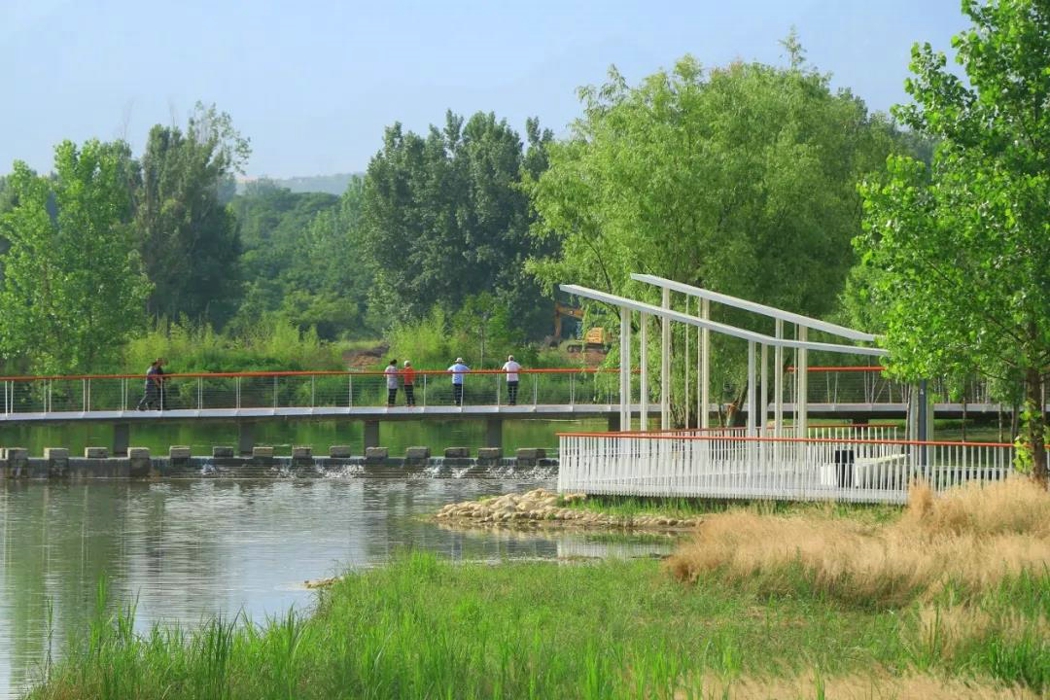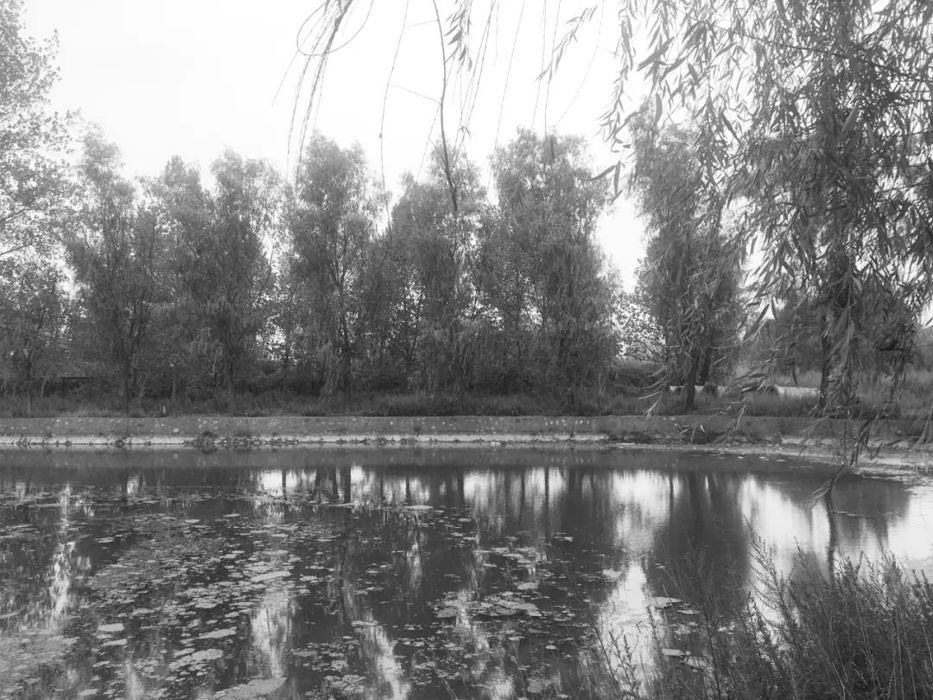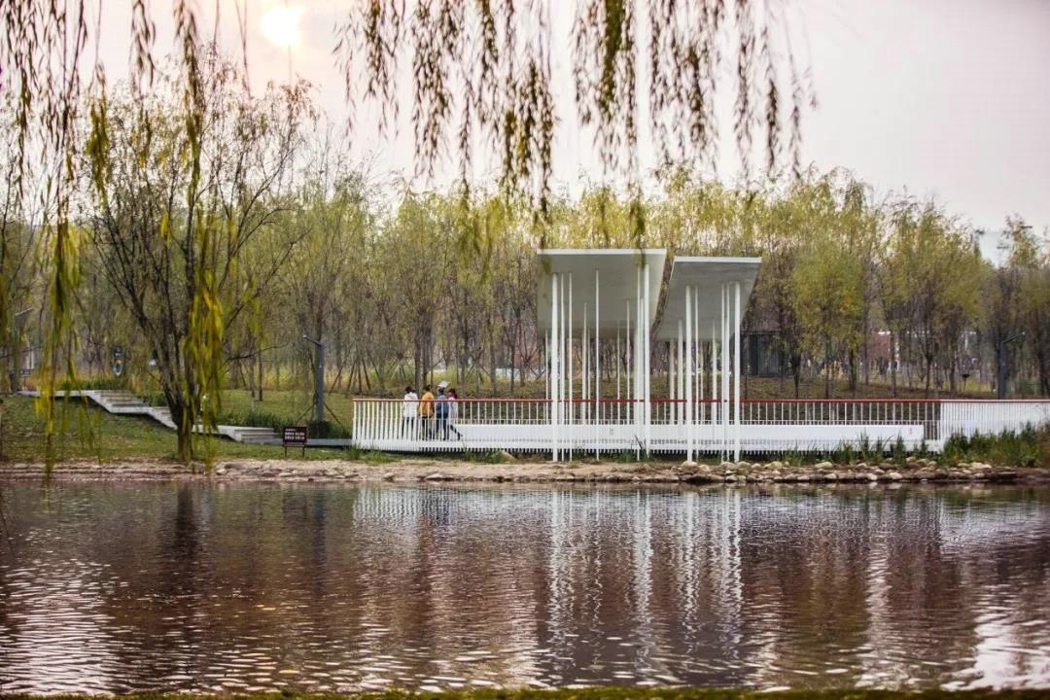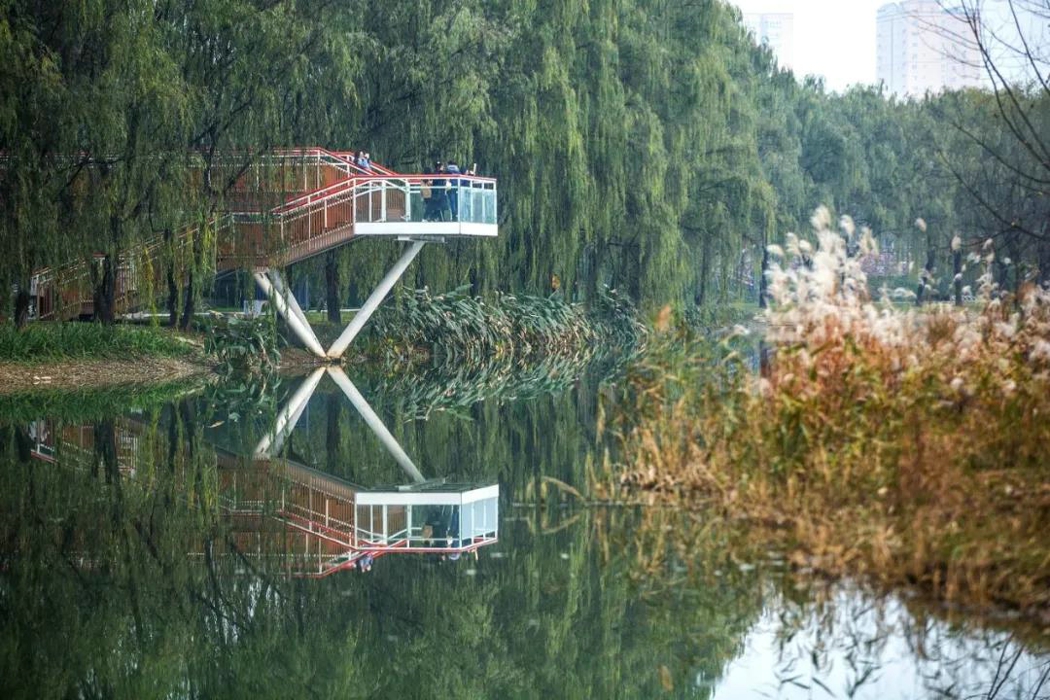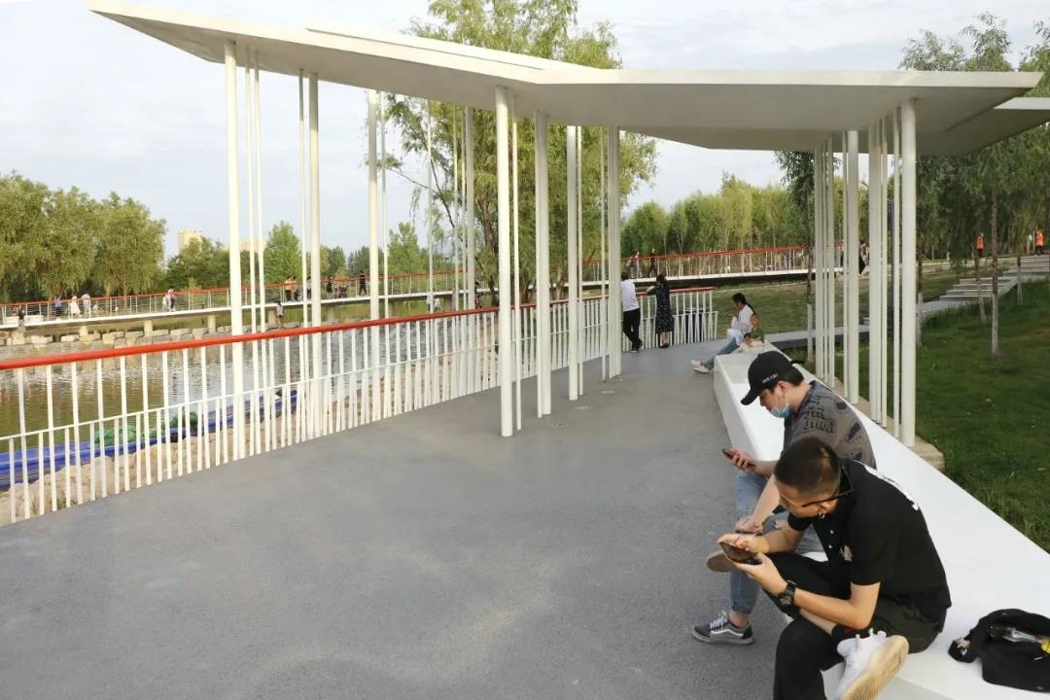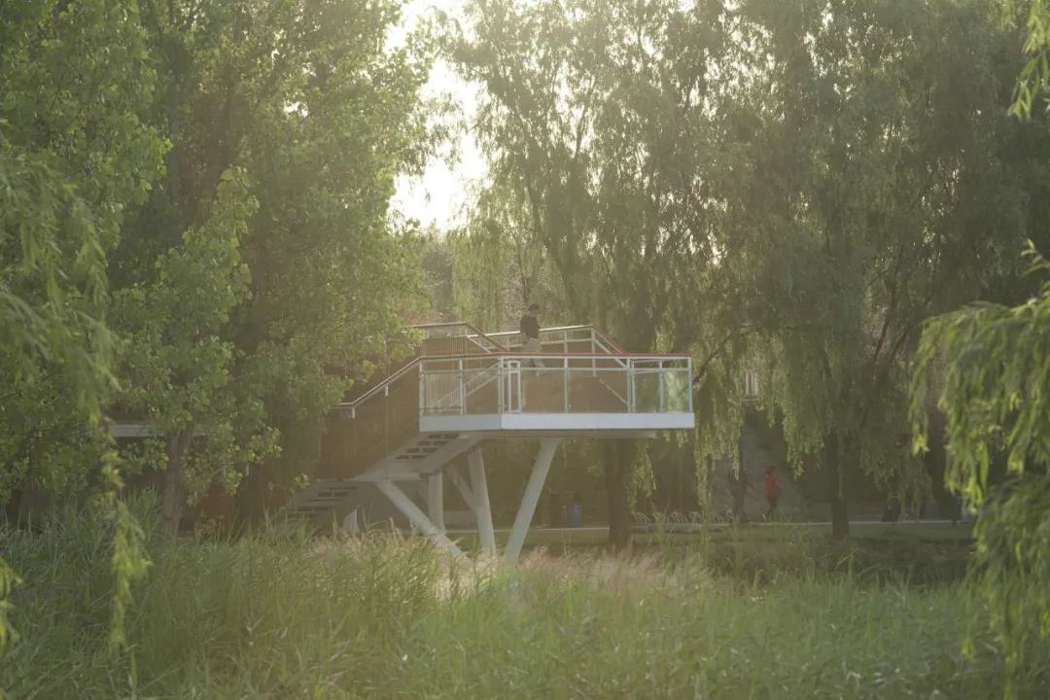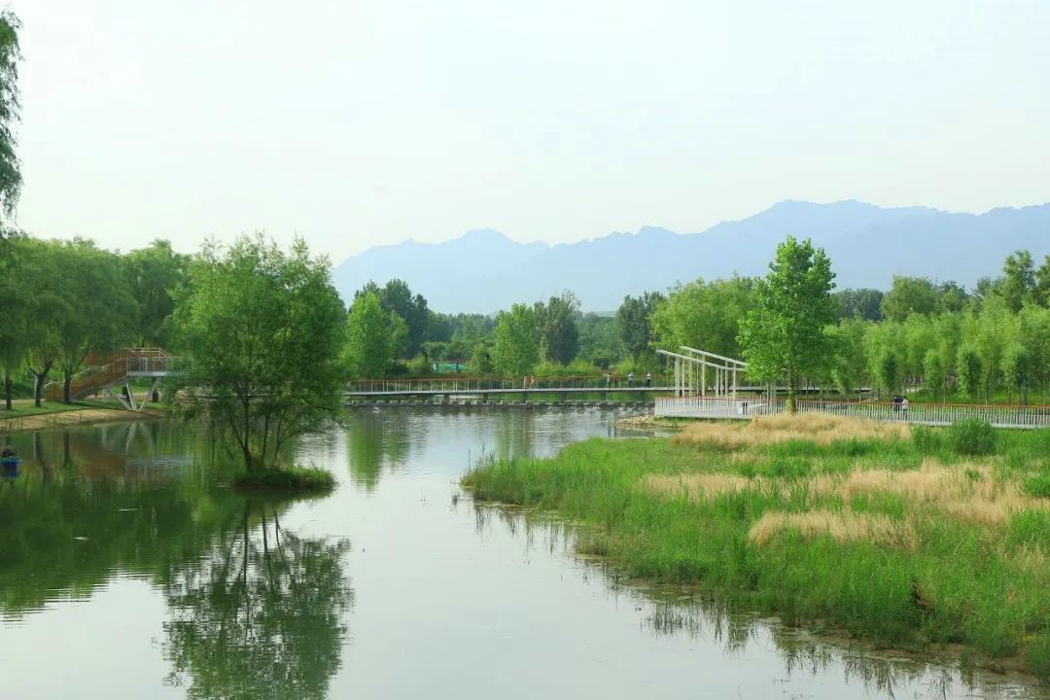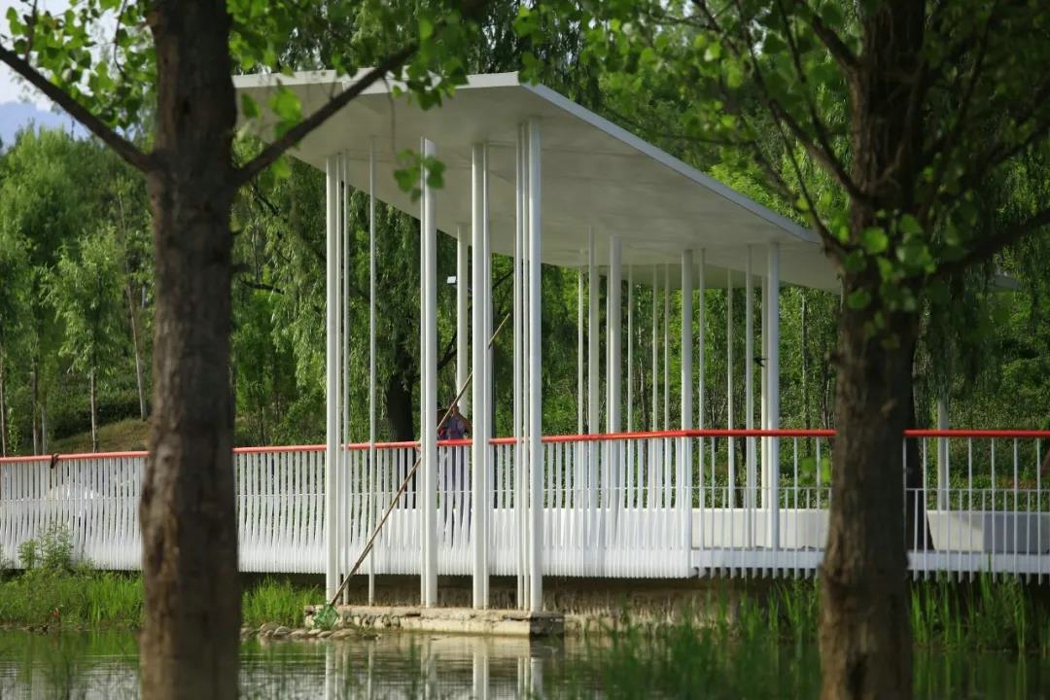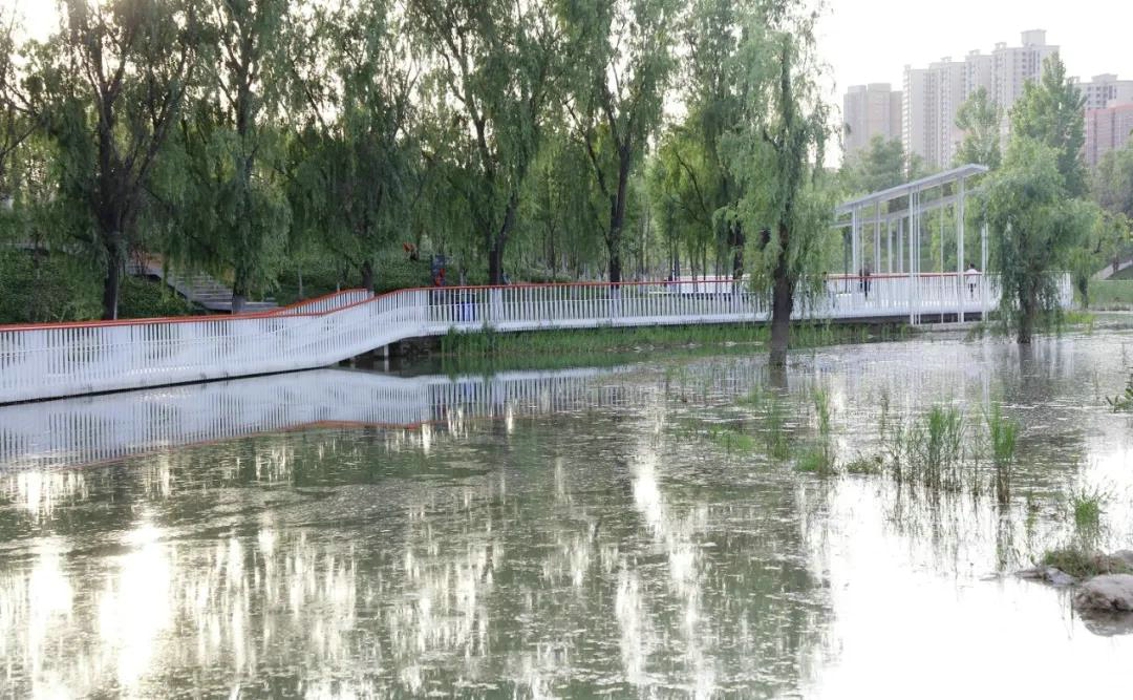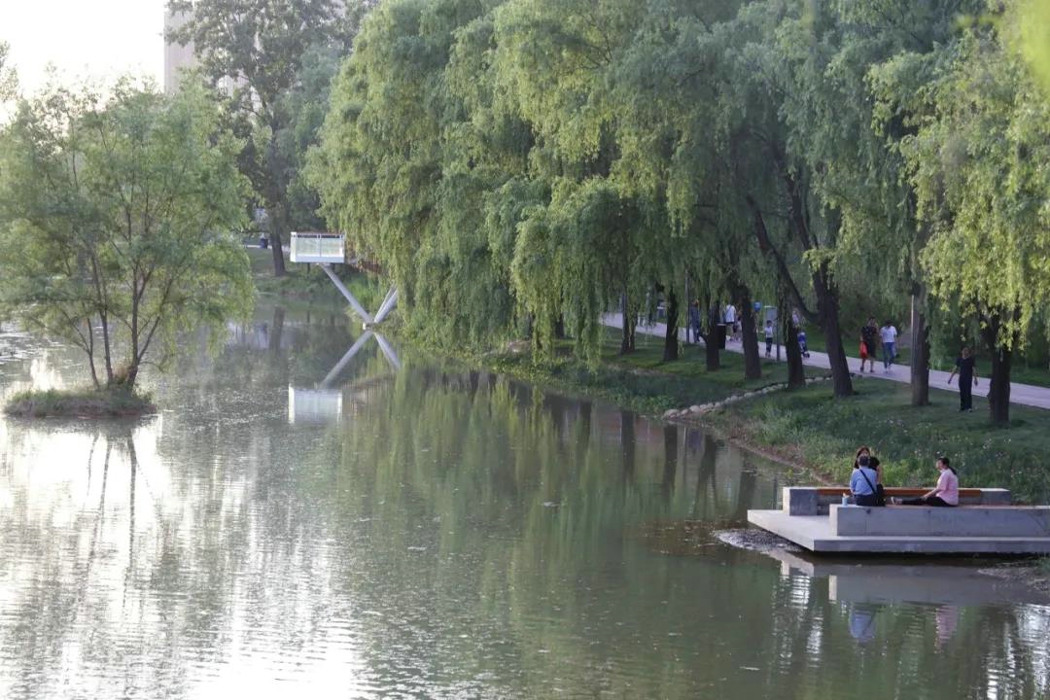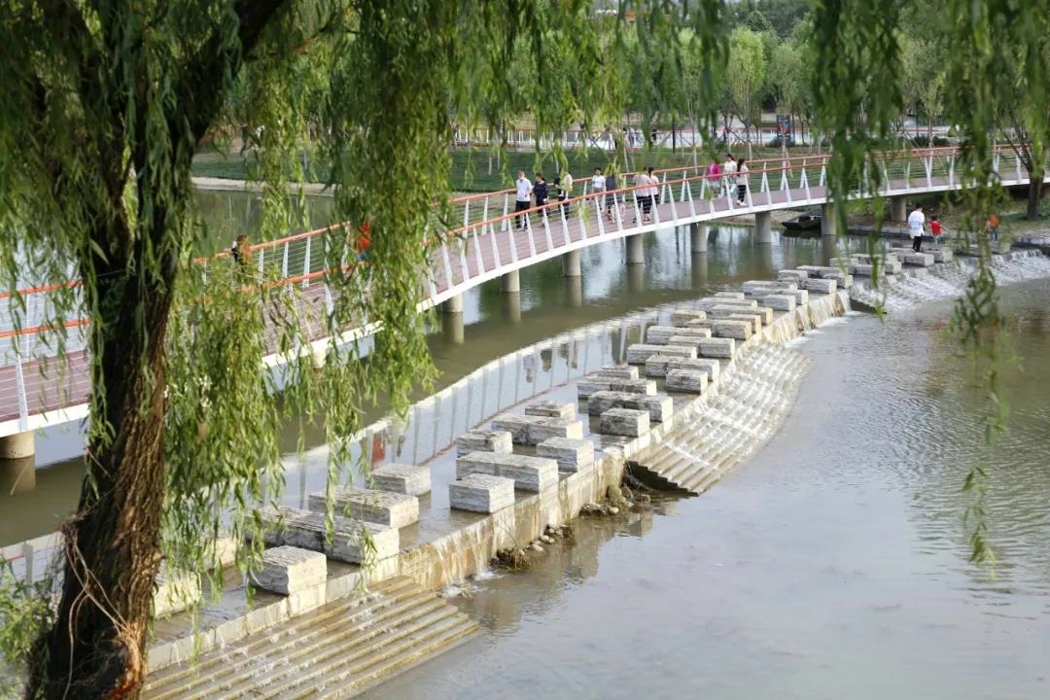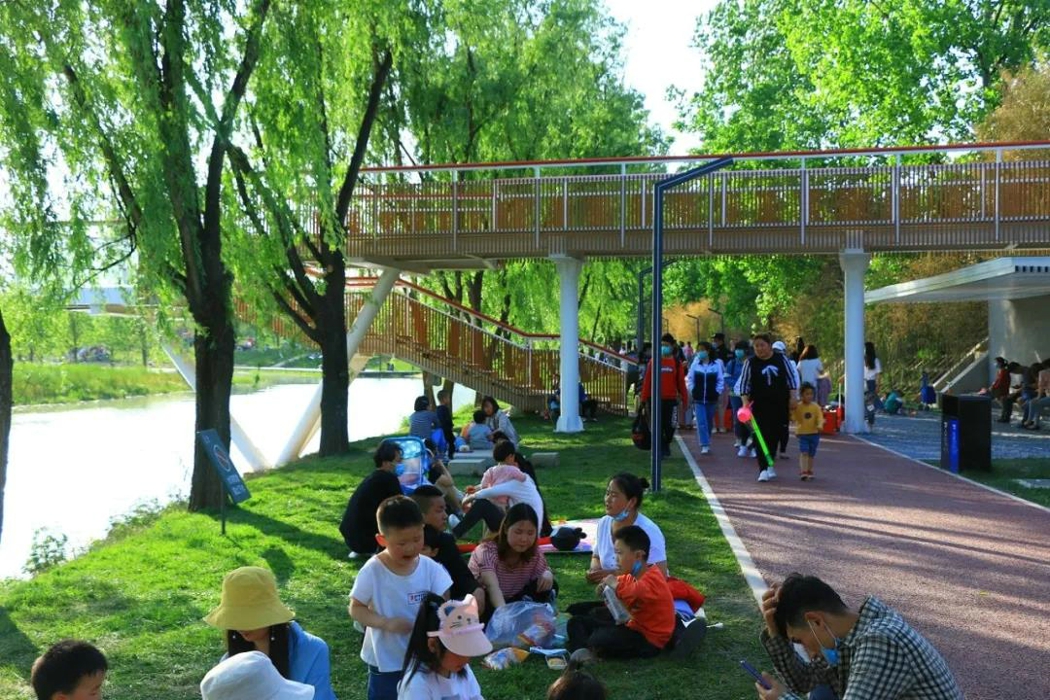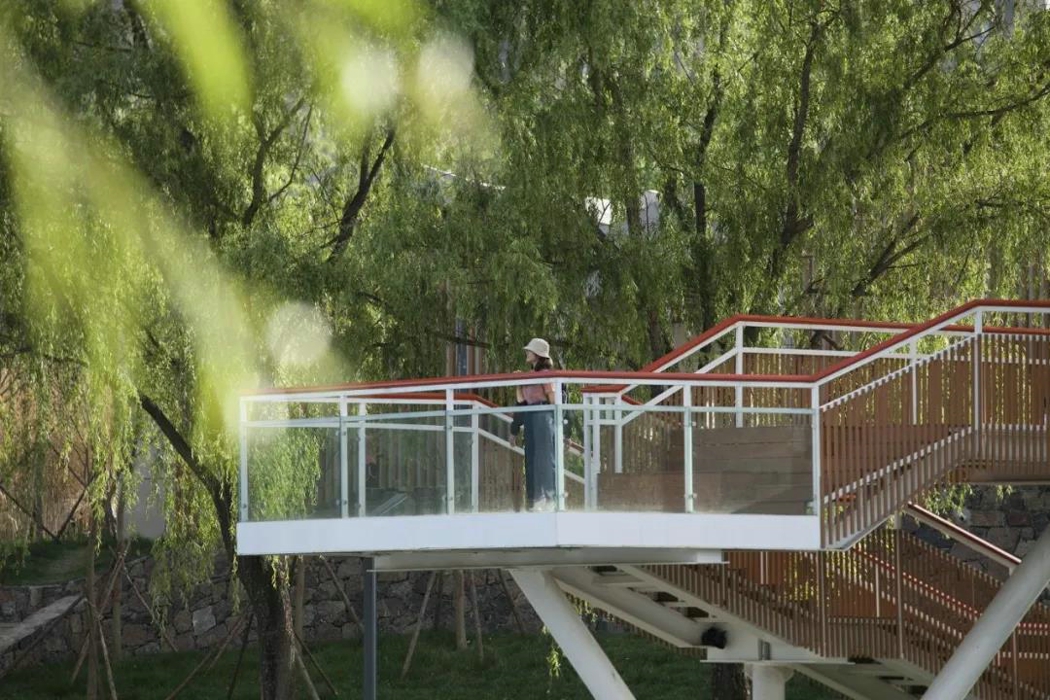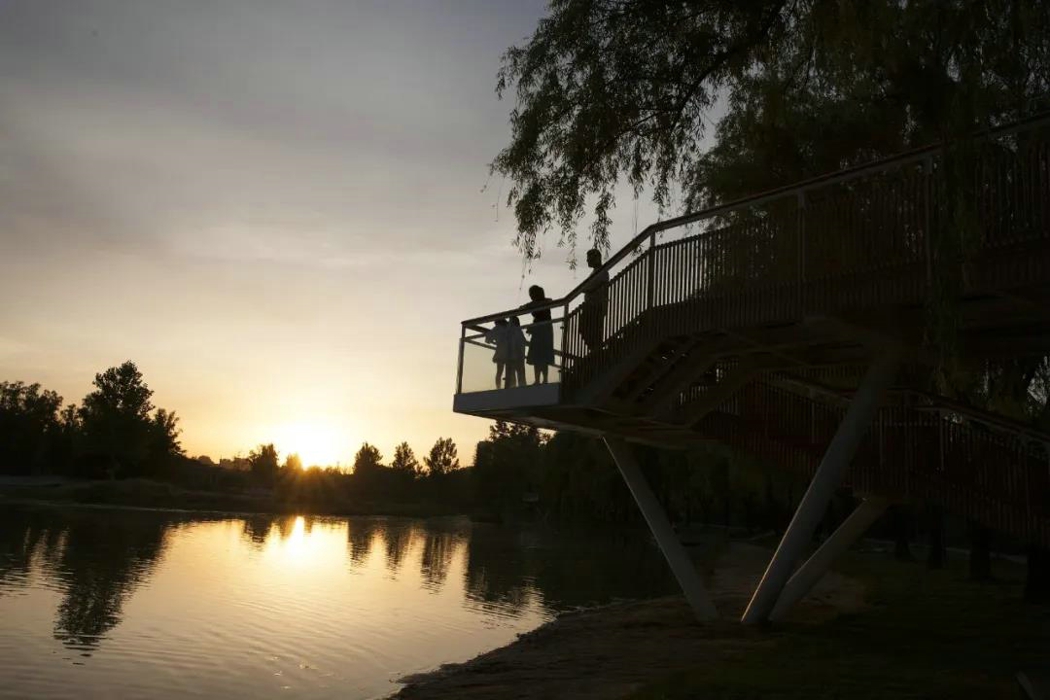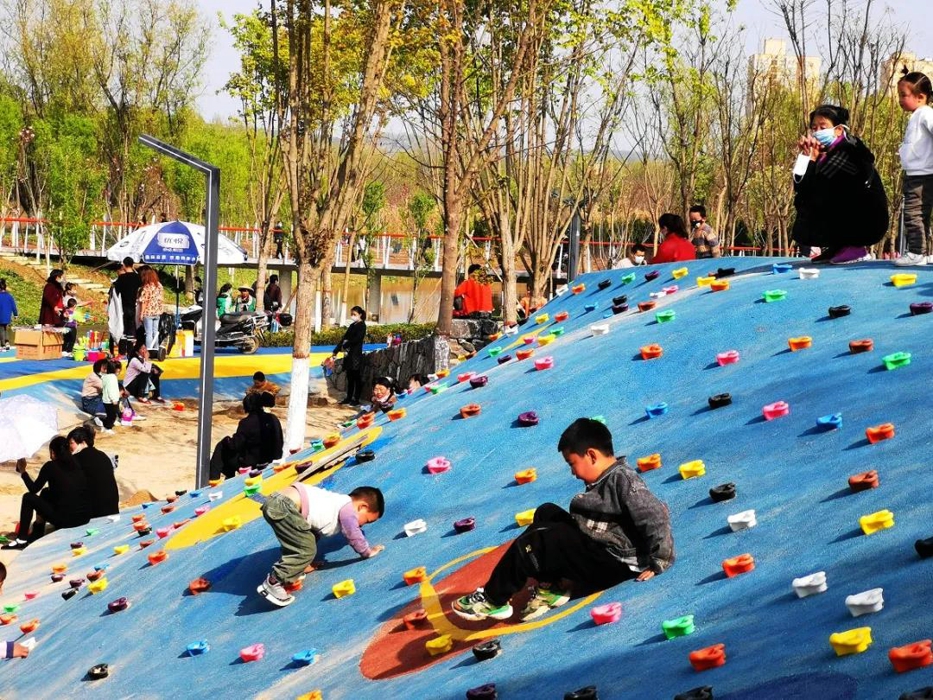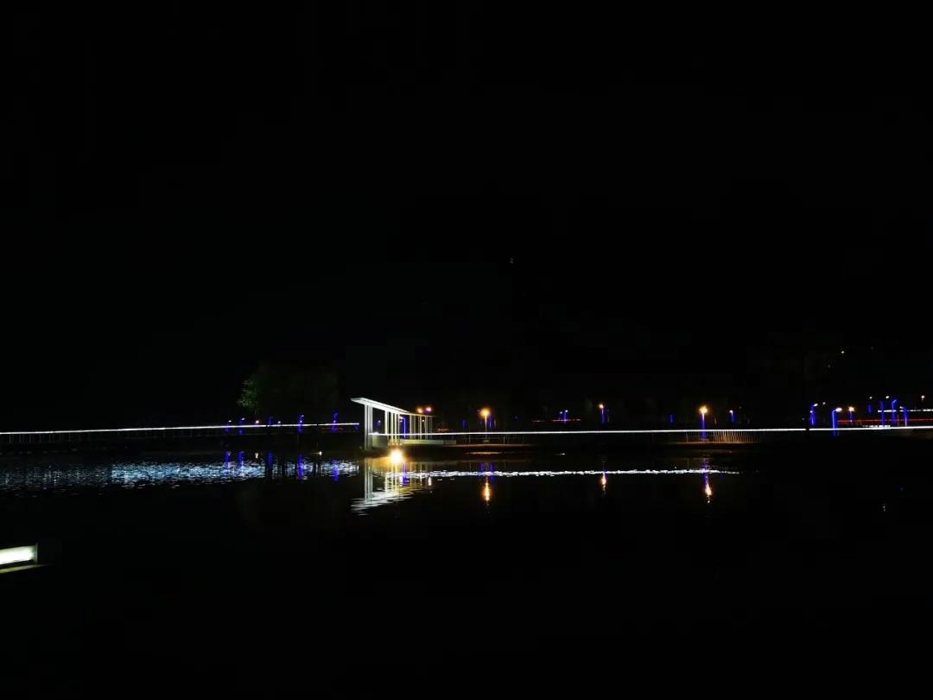Xi'an Juehe River Fanchuan Park
Project Information
- Project Location:
- Shanxi,Xi'an
- Project Scale:
- 16.6 Hectares
- Design Time:
- August 2017
- Build Time:
- May 2020
- Client:
- Xi'an Changning New District Management Committee
Project Profile
1. Project Statement
Juehe River is a narrow and short branch of Chang'an’s Eight Rivers, with a length of about 64.2km. The Fanchuan Lake project is adjacent to the middle section of Juehe River and the northeast corner of Changning new district. The site covers an area of 16.7 hectares. In recent years, the rapid development of Xi'an has brought about a large number of urban construction waste. The eight rivers of life in low-lying Xi'an have gradually become the preferred place to pile up soil. The beautiful scene of Chang'an city surrounded by eight rivers has gradually changed. The two sides of the Juehe River of this project have also suffered this disaster. According to the current situation of the project, the designer planned and positioned the natural landscape around the Juehe River to build an urban wetland park integrating ecological restoration, natural sightseeing, leisure and entertainment, and humanistic experience.
2. Objective and Challenge
The goal of the design is to build the park into an urban country park integrating ecological restoration, natural sightseeing, leisure and entertainment, and humanistic experience.
The project faces three major challenges:
1. Solution to the problem of piling soil on the site: the original low-lying fertile farmland is slowly piled up by garbage, the river is squeezed, the terrain on both sides is steep, and the soil formed by construction waste makes it difficult for plants to grow. How to solve the problem of piling soil on both sides of the river, how to use construction waste as the base of landscape, and how to turn waste into treasure are the first challenges of design.
2. Channel dredging: the dumping of construction waste, part of which goes into the river, changes the original river streamline and makes the river poor connectivity. How to dredge the existing river, make it have natural streamline and enrich the plant purification system is the second challenge of the design.
3. The integration of crowd activities and natural environment: the disorderly stacking of waste soil in the site makes the site road streamline disorderly organized. The third difficulty of the design is to dredge the streamline of the site and implant the recreational function and node of the site, so that the public can stay and rest on the basis of feeling the natural environment.
3. Design Strategy
In view of the above problems and challenges, this case attempts to design the trestle type hydrophilic lake shore.
There are three specific strategies:
Strategy 1: Balance the earthwork and make the best use of the left materials
Weaken the steep slope of the river side and change it into a gentle slope to meet the plant planting and the safety of the population. At the same time, it also leaves a flow space for the river to make it elastic. Landscaping the construction waste soil, let the soil piled on both sides of the road become landscape terrain, and the upper part is covered with planting soil.
Strategy 2: Strengthening ecological corridor of Juehe river
The soil of Juehe river and lake Fan Chuan is blocked by the site, and the Fan Chuan lake and the Juehe River are connected through an internal river. The sponge system is used to design and collect rainwater and discharge it into the river as landscape water. The water supply outlet in the southeast corner of the site is connected with the inland river to provide a complete streamline for the river, and restore the water ecological environment.
Strategy 3: Humanized design to meet the needs of all parties
After earthwork treatment and the dredging of the river are completed, it brings an ecological base to the site. After that, we began to establish human-oriented activity nodes on the basis of ecology. The measures including: combing the road streamline, increasing the activity nodes of the population, adding structures, plant restoration and ecological conservation.
4. Conclusion
The eight water systems in Xi'an protected the civilization of Xi'an for thousands of years. The rapid development of urbanization has produced a large number of construction waste and domestic waste. The beautiful city scene of eight rivers around Chang'an has also suffered a lot of damage in this urbanization movement. Through this project research, we hope to bring some reference to the landscape treatment of construction waste in similar sites in Xi'an and the ecological treatment of water system. After the completion of Fanchuan Park, it has brought a new river to the local residents and become one of the alternative places for the surrounding residents to have leisure and entertainment and take their children on weekends. The beautiful pictures have become a true portrayal of the daily life of the people in Xi'an.